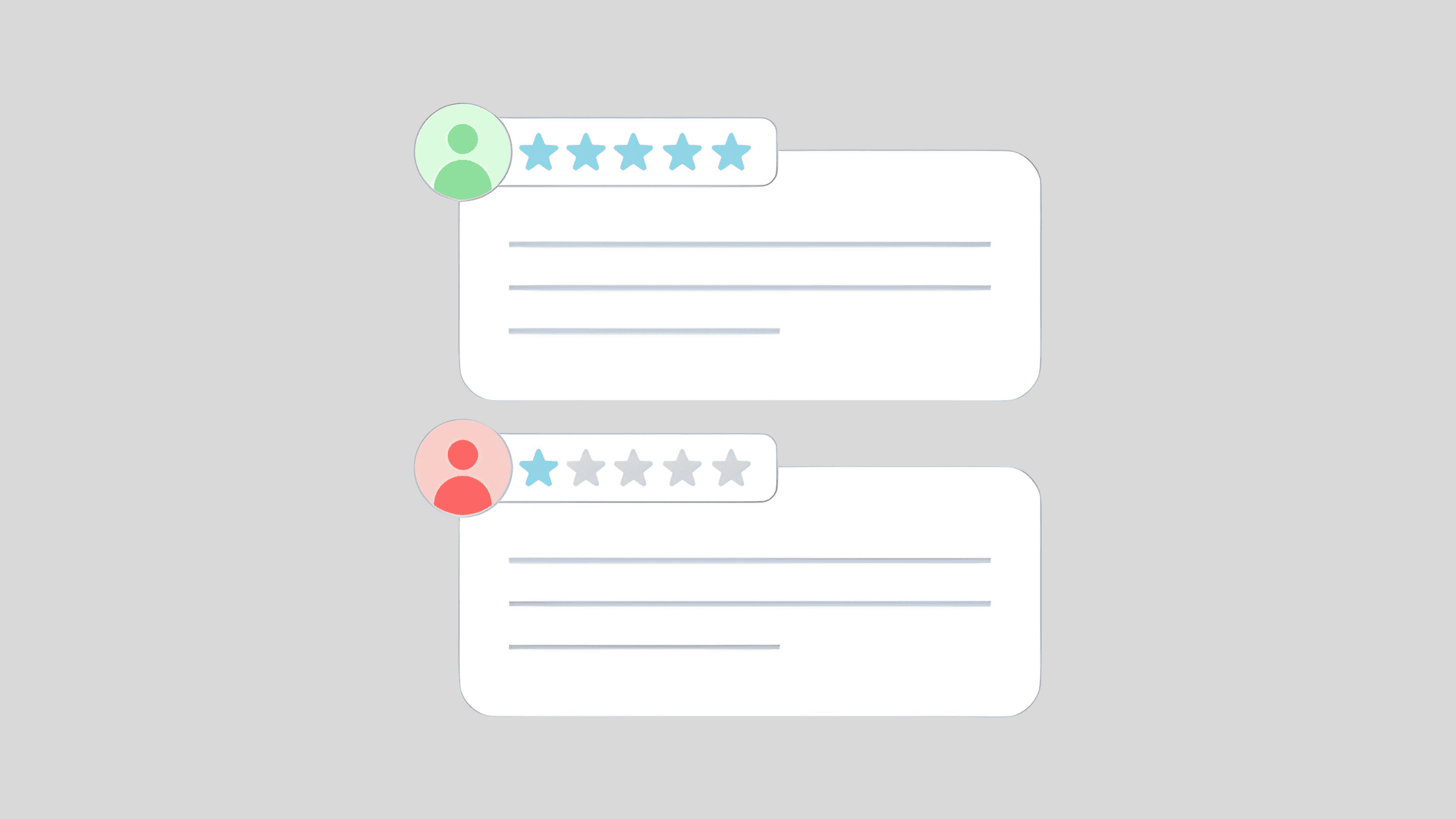Have you ever invested months of effort into developing a product only to find, at launch, that it falls flat with your target audience? This is a common pitfall in product development – Sometimes businesses get excited and want to add tons of features, but forget to check if people actually want the main idea first. Traditional approaches that involve extensive upfront development hold significant risk. Imagine investing heavily in a product that nobody wants, or worse, one that fundamentally misses the mark. How do you prevent this? Enter prototype and minimum viable product (MVP).
But how do you identify which one you’d require for your organization? In this blog, we will go over a quick overview of both the concepts, how they differ from each other, and how to make sure which one fits your needs best. Read on! Let us start with a prototype.
What is a prototype?
A prototype is a preliminary model or early sample of a product. It is designed to test and validate ideas before full-scale production. Think of it as a tangible representation of a concept that allows developers, designers, and stakeholders to explore and refine the product’s features and functionalities. Prototypes can range from simple sketches or mock-ups to fully functional versions of the final product.
The term “prototype” has its roots in Latin, where “proto” translates to “first” or “original” and “typus” means “form” or “model.” In simpler terms, a prototype is like a first draft or a foundational model that represents the essence of something to come. Beyond the technical world, we often encounter prototypes in everyday life. For instance, a fashion designer might create a prototype garment from basic materials to test the fit and style before moving into full production. Here, the prototype serves as a representative example of the final clothing design.
Types of prototypes
Proof of Concept: This demonstrates the feasibility of your idea or technology. It is used to validate technical aspects and potential before committing to full-scale development. For example, a basic version of a new software algorithm to prove it can handle expected data loads.
Low-Fidelity Prototype: It provides a simple and rough representation of your product. It is used in the early stages to explore concepts and gather initial feedback. Paper sketches or wireframes of a website layout are a few examples of this prototype.
High-Fidelity Prototype: This prototype offers a detailed and interactive version of the product and is used for usability testing and refining the user experience before final development. Example includes interactive digital mock-ups of a mobile app with clickable elements.
Functional Prototype: This one operates like the final product with working features and is used to test specific functionalities and user interactions in a realistic setting. For instance: A working model of a new gadget with essential features enabled.
Visual Prototype: This prototype focuses on the look and feel rather than functionality. It is used to present the design and aesthetic aspects to stakeholders and potential customers. One example could be 3D renderings of a new product design for a consumer goods company.
User Experience Prototype: It emphasizes user interactions and navigation flow and is used to test and optimize the user journey and interface design. For instance – Clickable wireframes or digital prototypes of a website’s navigation flow.
Benefits of prototyping
When you create a simplified version of your product early on, it becomes easier to identify potential issues and flaws before significant resources are committed. This early detection and correction minimizes the risk of costly mistakes later in product development.
Prototypes provide a tangible way to gather feedback from potential users. This feedback loop allows you to refine your product concept based on actual user needs and preferences. This, in turn, leads to a more user-centric and satisfying experience.
You can facilitate transparent communication between designers, developers, and stakeholders by providing a shared reference point for discussing the product vision and functionalities. Data gathered through user testing of prototypes provides valuable insights that inform critical decisions throughout the development process. This data allows you to make data-driven choices regarding features, functionalities, and overall product direction.
What is MVP?
MVP represents an initial product iteration that incorporates just enough features to attract a base of early-adopting customers. This initial release aims to validate the core concept of the product and gather valuable user feedback at an early stage in the development cycle.
Gartner defines MVP as “A minimum viable product (MVP) is the release of a new product (or a major new feature) that is used to validate customer needs and demands prior to developing a more fully featured product. To reduce development time and effort, an MVP includes only the minimum capabilities required to be a viable customer solution.”
Benefits of MVP
Get your product to market quickly with minimal features and save your development time and resources. Test your concept with real users early to validate your idea and gain insights before big investments. Identify your core value proposition and prioritize features that directly address customer needs. Gain early user feedback to iterate and refine your product for a better fit.
Check out our blog Launching Success: The Ultimate 2024 Startup Guide to Building Your MVP to get into the details of these advantages. You will also get to learn about some of the popular examples of minimum viable products.
MVP vs Prototype: How are they different?
Both minimum viable products and prototypes are pivotal tools that help in creating successful products. However, they cater to distinct purposes and are employed at different stages of development. Following are a few points that highlight their differences:
1. Stage of Development
Prototypes are used in the initial stages of product development. They help in exploring ideas, testing hypotheses, and visualizing the product concept. An MVP comes into play after the initial concept has been validated. It is used to test the product in the real market with actual users.
2. Purpose
Prototypes are primarily used to test and refine various aspects of the product, such as design, usability, and functionality. They help in understanding what works and what doesn’t. The MVP’s main purpose is to validate the product idea and its market demand. It tests whether there is a viable market for the product and gathers feedback from real users.
3. Features & Functionality
Prototypes can include non-functional or partially functional features. They focus more on visual representation and interaction flow rather than complete functionality. An MVP includes only the essential features that are necessary to solve the core problem for the user. These features are fully functional and provide real value to the users.
4. Audience
Prototypes are typically reviewed by internal teams, stakeholders, and sometimes a small group of test users. The primary audience is involved in the development and decision-making process. The MVP is released to real users and early adopters in the target market. These users provide valuable insights and feedback based on actual usage.
5. Cost and Resource Allocation
Prototypes generally require less investment compared to full-scale development. They are meant for testing ideas quickly and inexpensively. Developing an MVP involves creating a fully functional product with core features, which requires a higher initial investment than creating a prototype.
Tips to choose between MVP and Prototype
–>Choose a Prototype if you’re in the early ideation phase, testing core concepts and user flows. An MVP is better suited for a more developed idea where you want initial user validation.
–>Leverage prototype for low-fidelity testing of core functionalities. If you need basic user interaction with a limited set of features, opt for an MVP.
–>Prototypes are ideal for internal testing and feedback within your team. MVPs involve real users and target gathering broader market feedback.
–>Need speedy feedback on a basic concept? A prototype is your answer. MVPs take more time to develop and gather user insights.
Build effective MVPs & Prototypes with Alignminds
We help you build exceptional products by combining our engineers’ technical skills with a strong focus on what matters most: the customer. Our engineers think from the user’s perspective, constantly questioning every decision to ensure a positive user experience. This commitment to understanding the “why” behind what we do leads to products that anticipate customer needs and deliver real value. Contact us today to learn more.

















 Credit: Dittofi
Credit: Dittofi




